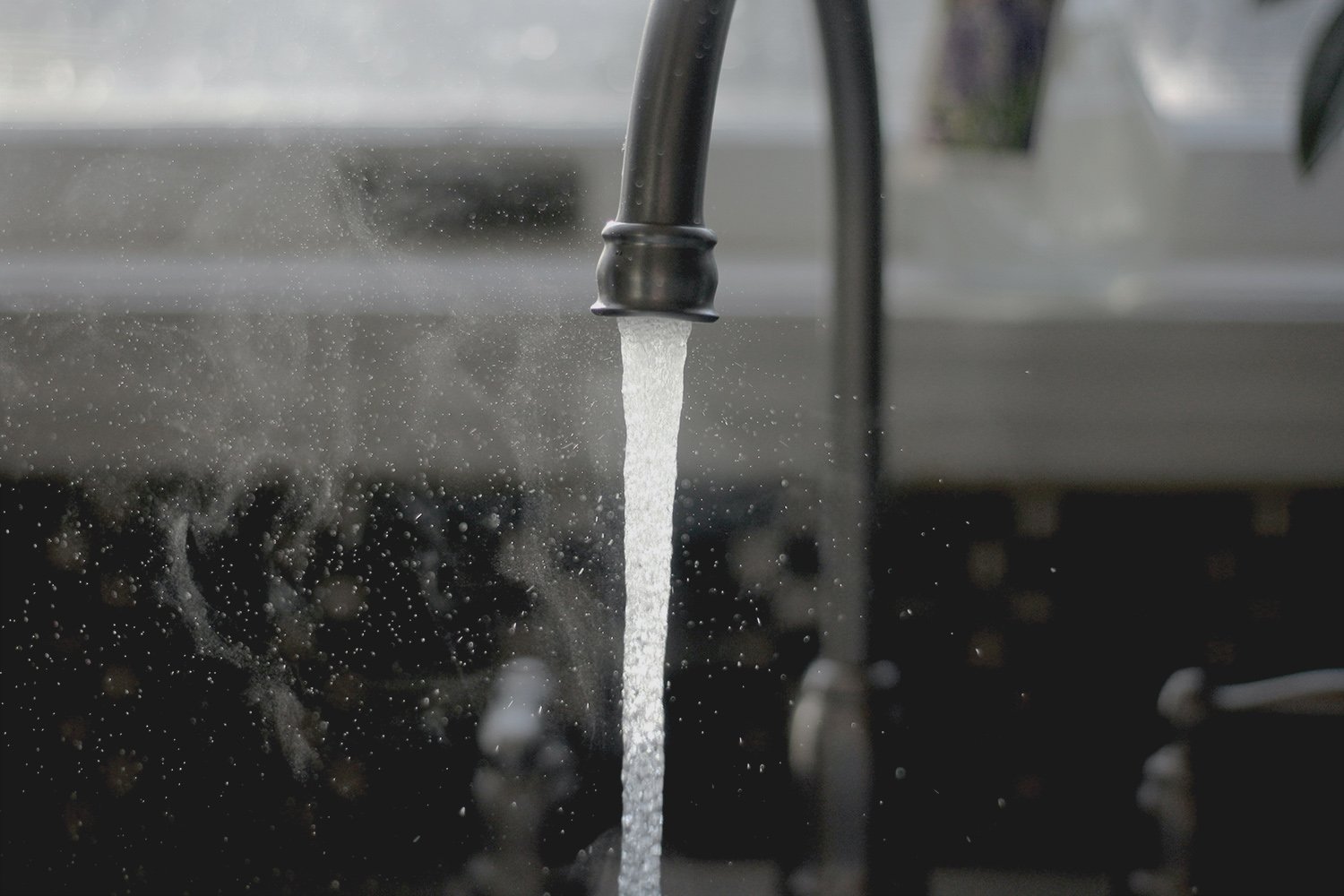
Urinary Incontinence
Incontinence, or involuntary leakage of urine, affects up to 1 in 3 men over the age of 65.
But only one in five men with symptoms is likely to seek care. It can limit participation in activities and lower quality of life.
Urinary incontinence can be caused by physical movement or activity (stress urinary incontinence or SUI), urgency or the sensation of needing to rush to the bathroom (overactive bladder or OAB) or both (mixed incontinence).
Boston Scientific AMS 800 Artificial Urinary Sphincter
Treatment options.
Artificial Urinary Sphincter
An artificial urinary sphincter (AUS) is placed inside the body. A saline filled cuff keeps the urethra closed and a pump in the scrotum allows urination on demand. The AUS is designed for all levels of SUI following prostate procedures and is considered the gold standard treatment.
Male Urethral Sling
A sling made of soft mesh implanted inside the body to reposition the urethra and provide support to surrounding muscles. This can help to keep the urethra closed, especially when coughing, sneezing and lifting and is most useful for men with minor urinary leakage.
External Collection Devices
Condom catheters or a penis pouch are placed on the penis so urine can flow into a drainage bag. Urine collection bags are strapped to the body underneath clothing during the day and may rest bedside at night.
Penile Clamp
A penile clamp uses a hinged, rigid frame that supports two pads and a locking mechanism. It controls leakage by applying constant pressure upon the penis.
Absorbent Sanitary Products
Incontinence pads are commonly used to help absorb urine leakage, protect the skin and block odor. Other absorbent products include diapers and undergarments.
For more detailed information about male urinary incontinence and treatment options, please visit www.fixincontinence.org.
To learn more about your bladder leakage options, click the button below to book an appointment.


